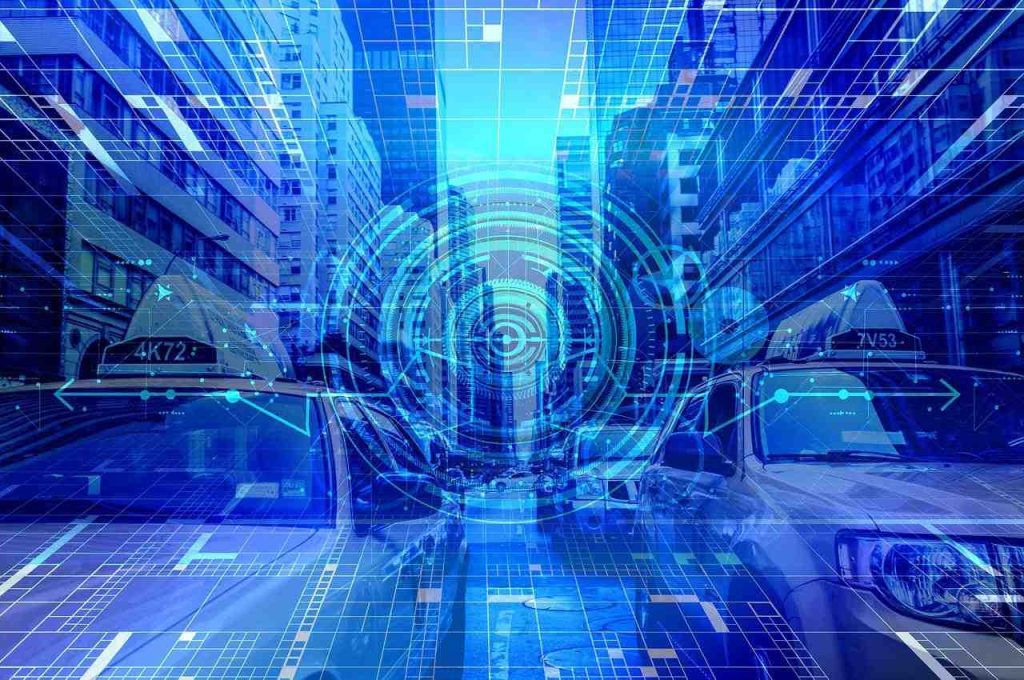Telemedicine is the ability of healthcare professionals to meet with patients remotely. Physicians, nurses, medical assistants, and other healthcare professionals can visit patients anywhere in the world through telemedicine.
This feature is especially important in emergency and obstetrical care. Telemedicine allows healthcare professionals to meet with patients remotely, which makes it safer and more efficient. This article explains how telemedicine is impacting healthcare service systems all over the world.
What Is Telemedicine?
Telemedicine is the use of high-speed data connections, such as the Internet, to connect healthcare professionals with patients.
With telemedicine, a doctor can see a patient from the comfort of their own home, business, or clinic. While the patient is usually in another location, the doctor can see them from their computer or smartphone.
Telemedicine was first implemented in Canada in 1997 and in the United States in 2007. By 2016, over 6.1 million people in over 30 countries were using telemedicine.
Benefits Of Telemedicine
Telemedicine has many benefits, including
- Easy Booking: No need to go to the doctor’s office or clinic. You can simply book an appointment with the doctor or nurse that you need to see.
- Better Quality Service: The doctor or nurse you book with can see you through the data connection. This means they can see you as you see yourself, which can be very helpful.
- Reduced Risk Of Injury: Since you’re physically present with the doctor, you’re much more likely to get proper treatment if you’re sick.
- Time Saver: You don’t have to spend hours driving to and from the doctor’s office or clinic.
- Reduced Costs: No doctor’s appointments. No parking fees. No gas. No other costs.
- Travel Friendlier: You can see your doctor from your own home or office, which can make traveling for your doctor less stressful.
- Better Understanding Of Your Health: You can get a better understanding of your health conditions by discussing them with a doctor face to face instead of over the phone.
- More Effective Treatment: You can ask your doctor questions that you wouldn’t be able to ask over the phone or in a doctor’s office.
- Safer: Since you’re physically present with the doctor, you’re much more likely to get proper treatment if you’re sick.
What’s Driving Telemedicine?
Telemedicine is a rapidly growing trend in healthcare that has several reasons why it’s growing so quickly. One of the most important factors is that it allows healthcare providers to see their patients more easily.
This makes the healthcare system more efficient, which in turn, leads to cheaper and better healthcare. Telemedicine also has several driving forces, including:
Affordability
With the rise of telemedicine, more people are able to see healthcare providers for low or no cost. This has led to more people getting sick, which in turn, leads to more demand for healthcare.
Efficiency
Telemedicine can reduce the length of time that a physical or mental health assessment takes. No need to drive to the doctor’s office or clinic. You can simply book an appointment with the doctor or nurse that you need to see.
Simplicity
No need to use complicated forms or procedures. Just show up, set up your equipment, and let the doctor or nurse see you.
More Accessible
More people are able to use telemedicine. This has led to a rise in remote care, which is even more cost-effective.
More Personal
With a more personal connection, you can talk to the doctor or nurse about your health issues as an individual.
More Convenient
You can see your doctor from your own home or office. This can be very convenient if you’re a busy person and don’t want to drive to the doctor’s office or clinic.
How Does Telemedicine Work?
Telemedicine is not a new concept. It’s been around for decades, but with the rise of the Internet, it’s gotten a huge boost in popularity. When people have an electronic health record (EHR) or computer database that they can access 24/7, there are many benefits to having a virtual doctor.
For example, you can get a virtual checkup any time you need it. You can also get a virtual visit from a doctor if you can’t make it to the doctor in person. Telemedicine works by having a patient interact with a healthcare professional over a data connection.
This communication is usually through a computer or smartphone. For example, a doctor can see a patient from their computer or smartphone. A patient can also call into their doctor’s office or clinic and speak to a doctor who’s sitting at their computer or phone.
Meet With Patients Remotely
When someone is sick, they usually need to see a doctor as soon as possible to get their health issue treated. However, going to the doctor’s office or clinic is often expensive and not convenient for patients who can’t drive or who have other health problems that need immediate attention.
Telemedicine can fill this need by making an appointment with a doctor or nurse that the patient can see remotely. For example, you can set up an appointment with a doctor on your computer or smartphone. When the doctor sees you, they can prescribe you medication or give you a physical exam.
When you come into the doctor’s office or clinic, they can see you as you see yourself, which means they can see all your symptoms, as well as the ones you have. This makes visiting the doctor a much more efficient use of healthcare resources.
How To Use Telemedicine In Healthcare Service Systems
Here are a few things to keep in mind when using telemedicine in healthcare service systems.
- Ensure that the patient is aware of the benefits of telemedicine and the risks involved with it. This should include information about the benefits of low cost or no cost services, as well as the risks of high cost services.
- Make sure that the patient understands the scheduling process and how to find the doctor or nurse that they need to see. This includes setting up an appointment with a doctor, finding a doctor or nurse, finding a doctor or nurse who accepts electronic health records, and finding a doctor or nurse who accepts appointments
- Make sure that the doctor or nurse you’re seeing understands your schedule and can fit you in when they’re available. This includes understanding your preferences for when you’d like to be seen, and being able to fit you in when they’re available.
- Be aware of your surroundings while in the doctor’s or nurse’s office. This includes looking behind the desk or the other chairs, as well as looking in the cabinets or the desk drawers
- If you’re having a medical emergency, make sure that the doctor or nurse knows where you are and how to get in contact with you. This includes trying to contact you by phone, text, or email, as well as the nearest hospital or clinic.
- Don’t hesitate to ask the doctor or nurse questions about anything you’re unsure about. This includes medical issues, medications, and treatments, as well as medical emergencies.
- Don’t be afraid to ask for help. These means don’t be afraid to ask for help with certain tasks or issues. This can include helping you set up or use the computer or the phone, or asking for help with medical issues
Telemedicine has a lot of potential benefits and can make healthcare more efficient and affordable.
















